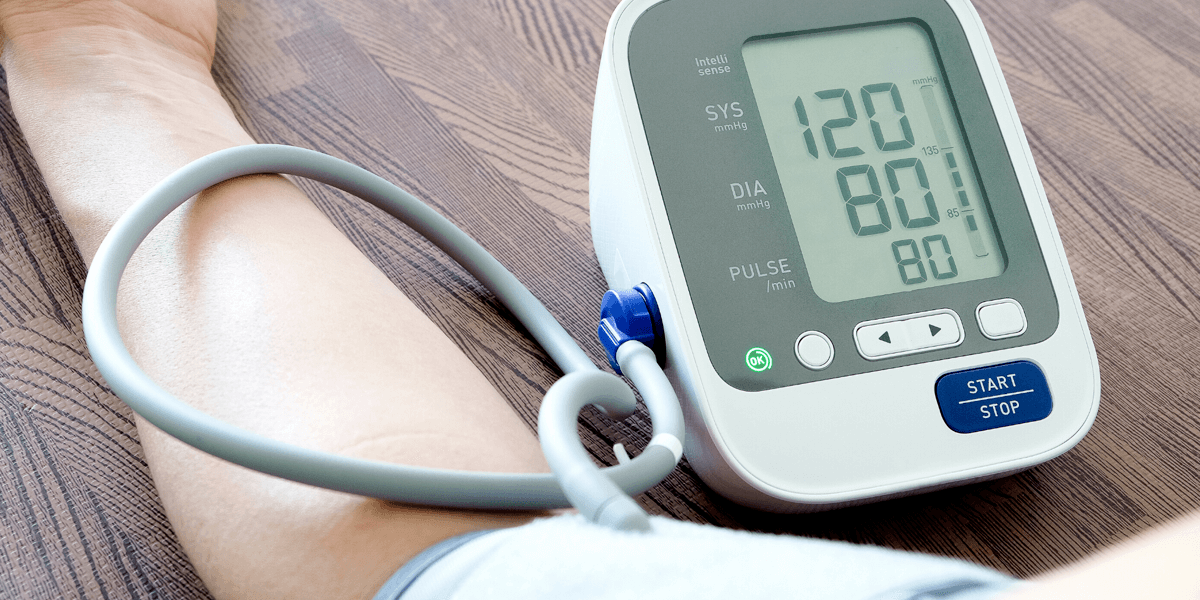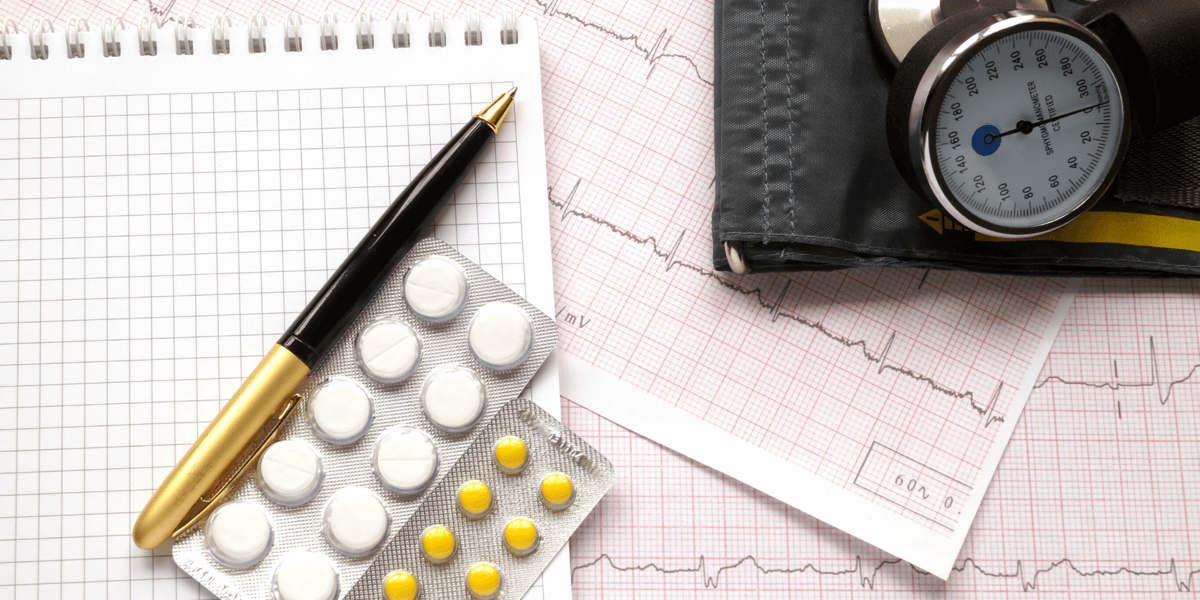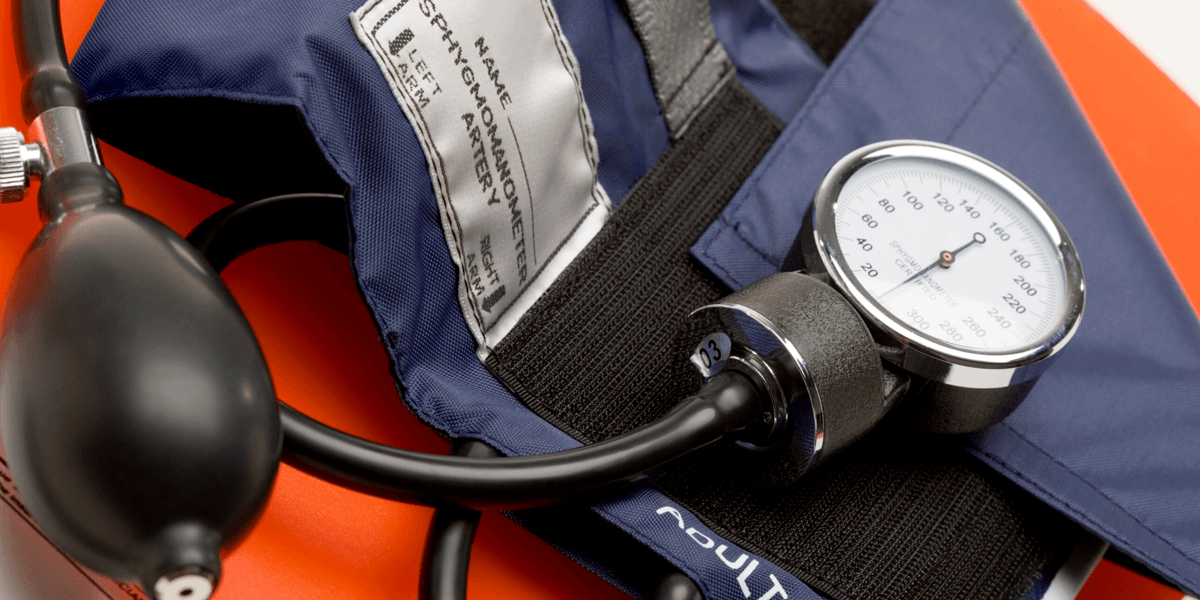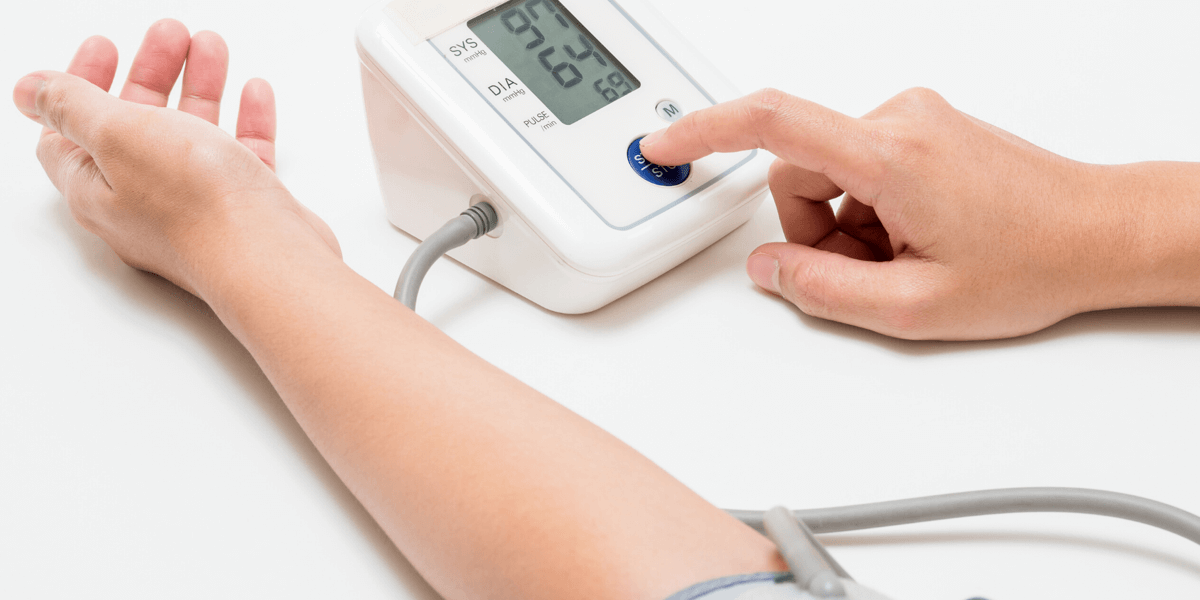A youthful artery wall is soft and elastic. It acts as a springboard to assist the flow of blood around the body. The unavoidable age-related changes that cause an increase in blood pressure are a loss of elasticity and hardening of artery walls called arteriosclerosis.
More...
Arteries harden and become more susceptible to rupture or haemorrhage when a build-up of plaque or fatty tissue (called atherosclerosis) damages the lining of the artery wall and leads to further hardening. Cholesterol levels increase in both men and women as they age. Women tend to have less than men between the age of 50 - 55 until menopause when it begins to rise.

Cardiovascular disease
High blood pressure and rising cholesterol levels are partners in crime. They are the main villains in the rising rates of cardiovascular disease (42,384 deaths in 2017) in the UK. High fat diets and low fruit and vegetable intake are a primary cause of fatty low-density lipoproteins (LDL's) building up on artery walls. This causes blood pressure to silently rise. No signs or symptoms appear until arteries are 70% blocked.
This is when symptoms of angina, or worse, a heart attack will inform us that we have a problem! However, diet and exercise can lower LDL's. Both of these improve the levels of high-density lipoproteins (HDL's). HDLs act as the health police and collect up the LDLs and transport to the liver for disposal.
Eating less saturated fat and more fresh unprocessed food helps arteries age healthily. Especially fruit and vegetables which can lower cholesterol 5 - 10 %. Except for those who have Familial Hyperlipidaemia (FH), inherited high cholesterol. FH affects 1 in 500 people in the UK. It can cause cholesterol levels to rise from an acceptable level of under 5mmol/l (still high compared to Europe where levels are 4mmol/l and lower) to over 7.5mmol/l. People with FH will require cholesterol-lowering drugs as well as diet and exercise to control their cholesterol level.
The levels of total cholesterol fall into the following categories:
- ideal level: cholesterol level in the blood less than 5mmol/l
- mildly high cholesterol level: between 5 to 6.4mmol/l
- moderately high cholesterol level: between 6.5 to 7.8mmol/l
- very high cholesterol level: above 7.8mmol/l
The average cholesterol level in the UK is 5.7mmol/l compared to Europe's 4.5mmol/l. This is attributed to a 'Mediterranean diet' which is low in saturated fats.
Check blood pressure and cholesterol levels regularly. Make sure that you are not suffering from what is called essential hypertension, otherwise known as the silent killer! (See table below)
American Heart Association Blood Pressure Categories
Category | Systolic (top number) | Diastolic (bottom number) |
|---|---|---|
Normal | Less than 120 | Less than 80 |
Elevated | 120 - 129 | Less than 80 |
High blood pressure (hypertension) Stage 1 | 130 - 139 | 80 - 89 |
High blood pressure (hypertension) Stage 2 | 140 or higher | 90 or higher |
High blood pressure (hypertension) Stage 3 | Higher than 180 | Higher than 120 |
Aerobic exercise can both help control cholesterol levels and lower systolic and diastolic blood pressure by up to 8 - 10 Hg. Exercise also improves lipid levels (blood fats) and carbohydrate metabolism. Female runners have increased levels of 'good cholesterol' or HDL's.
A minimum of 30 minutes of low to moderate-intensity aerobic activity is enough to achieve heart health benefits and reduce the risk of heart disease

A study of the effects of CV exercise on high blood pressure
Ten middle-aged men newly diagnosed with high blood pressure who previously led sedentary lifestyles took part in a three-year aerobic exercise programme. This included two supervised training sessions per week. Starting with walking and intermittent slow jogging and building to a maximum of about 60 minutes of long-distance running. Researchers measured blood pressure at rest and during a cycle at the beginning of the study period. Then again under identical conditions six months, 1.5 years and three years after the start of training.
The results after six months...
Blood pressures during exercise were significantly lower (170/100mmHg compared with 184/107), although BP at rest didn't fall significantly.
After 1.5 years of training...
There was a significant reduction in resting BP (from 139/96 to 133/91) After three years...
Resting BP had fallen still further to 130/87, while pressure during exercise had fallen to 167/92.
In total, resting systolic blood pressure (the higher of the two measurements) decreased by 6.5%. Diastolic by 9.4% over the study period.
Source: Med Sci Sports Exerc, vol 36, no 1, pp4-8, 2004

Check your blood pressure at home
National agencies generally encourage people to use home blood pressure monitors. Good blood pressure monitors range from around $40 to $100. Take readings a few times a week and see your doctor if you notice any significant changes. Here are some tips on how to choose and use a blood pressure monitor.
Selecting a blood pressure monitor for home use
- Choose a monitor that fits around your upper arm. Avoid wrist and finger monitors as they aren't as accurate.
- Select an automated blood pressure monitor. It's simple to use and the cuff will automatically inflate and deflate as required.
- Make sure you can see and read the digital readout clearly.
- Consider a monitor that can interact with your smartphone. Several models have an app which can create a graph of your progress and log changes. Some offer Bluetooth connectivity too.
Using an at-home blood pressure monitor
- Avoid caffeine or alcohol 30 minutes before taking a reading.
- Sit quietly for five minutes in a comfortable chair with your legs uncrossed.
- Rest your arm on a surface so your elbow is at or near heart level.
- Wrap the monitor cuff over bare skin.
- Keep quiet while the measurement happens, don't talk.
- Leave the deflated cuff in place, wait a minute, then take a second reading. If the readings are close, average them. If not, repeat again and average the three readings.
- Make a note of your blood pressure readings, including the time of day in your records.

Cardiovascular and Resistance Training - What happens to blood pressure as you exercise?
The effect of exercise on your blood pressure will depend on the type of activity. Although blood pressure does go up during most types of exercise, by how much depends on if the exercise is static or dynamic.
Dynamic involves large muscle groups in rhythmic, repeated movements such as aerobic activities like jogging, walking, cycling rowing and swimming. These activities increase the demand for oxygen and therefore heart rate increases in relation to the intensity of the exercise. Systolic blood pressure progressively rises while diastolic pressure stays about the same. Recent studies have shown moderate-intensity aerobic exercise such as walking and biking are more effective for lowering blood pressure than vigorous exercise.
Static or isometric exercise is a sustained contraction of a muscle group. Usually against an immovable load or resistance with no change in muscle length or joint movement. This causes a moderate increase in heart rate but with little or no increase in oxygen consumption. The combination of an increased heart rate and constricted blood vessels causes a rise in systolic blood pressure. Therefore isometric training has been discouraged for people with hypertension (high blood pressure). If you have an elevated blood pressure it is advisable to avoid heavy weight low repetition training. Opt for higher repetitions at a lower weight. If you discover you have an elevated blood pressure it is always advisable to seek the advice of your GP
Different muscle groups affect blood pressure differently
Another important consideration for people with high blood pressure is the effect that training large muscle group and small muscle group exercises have on blood pressure. Heart rate and blood pressure are higher if you are exercising the arms in isolation. That is to say upper body resistance work or a dynamic arm exercise. This is because smaller muscles have fewer of the capillaries that supply oxygen to the muscles. As the workload becomes more demanding the heart has to pump harder to ensure oxygen demand is met. Target heart rates are 10 beats lower for isolated arm exercises than legs.
Note: If taking medication for high blood pressure then heart rate will be blunted. Therefore, the rate of perceived exertion scale (RPE) is the recommended method to measure intensity. The following ranges are recommended: An RPE of 11- 13 on the 6-20 RPE scale is approximately 49 - 70 percent of V02 max will be perceived as fairly light to moderately hard. A training intensity between 13 - 15 is approximately equivalent to working at 70 - 80 percent of V02 max. It will be perceived as moderately hard to hard.

Warm-up and Cool down
A longer warm-up of at least 10 minutes is important for older adults. Especially those with hypertension to avoid a rapid increase in heart rate and blood pressure. Similarly, the often neglected cool down is needed to prevent blood pressure from falling too quickly. This can cause post-exercise hypotension due to a rapid drop in BP. The muscles have stopped contracting and there is no muscle pump action to massage blood back to the heart. Therefore blood pools in the lower limbs causing BP to drop. When combined with an upright posture, there is a significant chance that the individual will experience hypotension (low blood pressure) and symptoms of fainting.
There is still much discussion around the appropriateness of resistance training for people who have high blood pressure. Research increasingly suggests that moderate-intensity resistance training have beneficial effects for people with cardiovascular disease. Resistance training is also important for maintaining basal metabolic rate and weight management. Both are important factors for healthy cholesterol and blood pressure levels.
A combined change of habits such as giving up smoking, making diet changes to lower cholesterol, maintaining a healthy weight, reducing salt intake and increasing physical activity can prevent progression, and in some cases lead to regression in the severity of atherosclerosis and will help to maintain optimal blood pressure levels.
